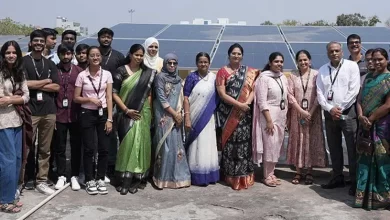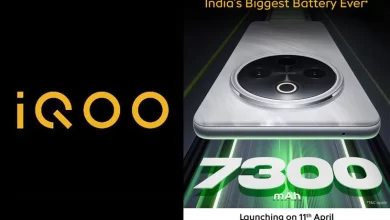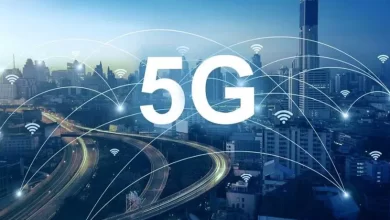
The SpaDeX success comes amid a fierce race between the US and China, which are going all out to send a crew to the moon
The New Year has brought cheers to the space research community with the successful docking of two satellites in space, a feat that puts India among the elite group of three nations — United States, Russia and China — that possess such a technology. With this, the Indian Space Research Organisation (ISRO) has demonstrated a capability that is critical to executing more ambitious future missions like building a permanent space station or landing humans on the moon. Docking, a high-precision mission, involves joining two or more fast-moving objects in space. The technology is crucial as large space assets cannot be launched into space as one entity and are often sent into space as different parts that are later joined together. Even the smallest of errors could destroy the satellites. India’s docking experiment with the ‘Chaser’ and ‘Target’ satellites was delayed at least twice, given the high precision required for the manoeuvre. In the coming days, ISRO will perform undocking operations and check for the transfer of power between the two satellites. India’s next lunar mission, Chandrayaan-4, may see the application of the docking technology for the first time. The successful Space Docking Experiment (SpaDeX) will serve as a boost for the country’s future space missions. ISRO has been working on key technologies to realise its vision of setting up a space station by 2035 and sending humans to the moon by 2040. Besides a new heavy-lift launch vehicle capable of carrying up to 30 tonnes to low earth orbit, the missions would require docking capability.
The Bharatiya Antariksh Station, the space station that India envisages, will be built by bringing together five modules in space. The first of these robotic modules is slated to be launched in 2028. Docking capability will also be required for the next lunar mission — Chandrayaan-4 — which aims to bring back samples from the moon. This mission will see five key modules being sent into orbit in two separate launches. It is remarkable that ISRO has bounced back from the Chandrayaan-2 heartbreak of 2019 to make rapid strides in the past couple of years, especially the Chandrayaan-3 soft-landing in 2023. The SpaDeX success comes amid a fierce race between the US and China, which are going all out to send a crew to the moon. Beijing has been speedily expanding its military capabilities in space. This is worrisome not only for the US but also for India, whose relations with Beijing continue to be uneasy despite recent signs of a thaw. The Chinese challenge makes it imperative for India to develop cutting-edge capabilities to protect its space assets such as satellites and indigenous launch vehicles. This should go hand in hand with greater stress on research and innovation to ensure that the country’s space programme remains on course for human spaceflight and other key missions.







